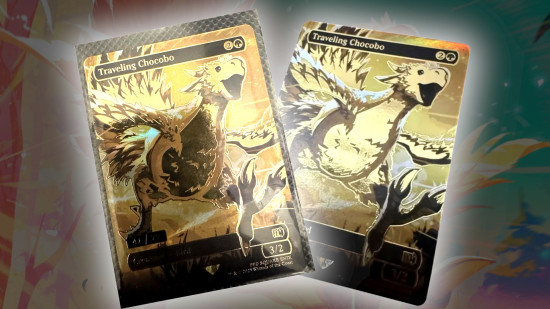Diving into the vibrant world of Magic: The Gathering brings its own set of joys and tensions, from the thrill of pulling a sought-after card to the strategic intricacies of constructing a formidable deck. However, whether you consider yourself a casual planeswalker or an ardent collector with an encyclopedic knowledge of every Black Lotus variant ever printed, there’s one unexpected spell that could instantly sour your day—a counterfeit card usurping a place in your treasure trove.
The counterfeit conundrum in the realm of Magic has evolved almost as swiftly as the game itself. With each new edition of credible-looking fakes, they seem increasingly intent on working their deception under the noses of even the sharpest collectors. Yet, fear not, for with a blend of common sense and a few scientific tools, you can become the sleuth this magical world desperately needs. Let’s embark on this enlightening journey to identify what’s genuine and what’s just an impostor masquerading under the guise of authenticity.
Perhaps the simplest detective tool in your arsenal is, quite endearingly, your senses. Texture—the first line of defense for your fingertips. Genuine Magic cards carry that intimately recognizable matte feel, unlike their deceptive and glossy counterparts that might feel more like a menu fresh from a laminate machine than deserving of a place in your card sleeves. Skeptical? Compare your contender with a simple land card from the same set—these basic cards often remain unincumbered by the insidious charms of forgers.
But the journey doesn’t stop at feel; allow light to play its illuminating role as well. By placing a card against a flashlight, the ethereal glow offers revelations few other tests can. Authentic Magic cards, furnished with a mystical blue core, radiate a soft, intuitive hue. The contenders in the false category, however, reveal themselves by being either impenetrable fortresses of opacity or sheets of transparency that rival tracing paper in their light diffusion.
Still feel you’re fumbling in the dark? Enter the jeweler’s loupe, a thrifty and powerful ally. With magnification up to 30x, it’s akin to strapping your cards into a lie detector. Dive deep into the world of ink and textures with its zoom, and you may soon rival Sherlock Holmes himself in unmasking these cardboard deceptions.
One hallmark of an authentic Magic card is the rosette pattern—an enchanting series of tiny, round dots forming intricate floral-like shapes within the art and text box. Counterfeits generally sport indistinct blurs of digital pixelation or awkward grids, creating an unsettling aesthetic discord under the precision of magnification.
Closely related to this floral inspection is what one might call “The Solid Black Test.” Magic’s distinctive black ink—clearly demarcating names, mana icons, and text—is a solitary layer of intense opacity. On the other hand, a counterfeit assemblage often disguises itself with a speckled mishmash of colored dots, appearing unprofessionally defiant in the face of scrutiny.
Ah, the infamous Green Dot “L”—though ‘infamous’ is perhaps an affectionate exaggeration among enthusiasts. Located on the card’s back within the green mana symbol, a tiny red dot pattern forms a backwards “L” amid the yellow-green boundaries. When magnified, any misplaced or vanished emblem promptly betrays the fake.
But as Magic shifted into modernity, post-Magic 2015, new safeguards emerged such as the holofoil stamp on rares and mythics—an oval mark of authenticity. This emblem, ideally flush with the card, should unveil micro-details like planeswalker icons under a magnified gaze. Counterfeits often misstep here, presenting grainy, lifted or disconcertingly cut-paste holograms, identifiable to the trained eye.
Interestingly, there’s an allure to embracing rudimentary authenticity tests—tearing or significant bending. These old school tests might expose that treasured blue core, but resist the itch; more often, it’s an exercise that damages a possibly genuine artifact without offering clear forensic resolve. Counterfeiting techniques have evolved, demanding non-destructive discernment over brute tests of yesteryear.
Being equipped with countercheck layers is your strongest strategy. Evaluating a Magic card’s authenticity isn’t confined to one-stop signs; it’s about amplifying evidence. Sensory assessments, light demystification, and attentive magnification each have their part to play in immunizing your cherished collection against the nefarious blight of fakes. Tune your detection prowess through practice—til your collection thrives with authentic riches, guarding the integrity of this beloved game. Like crafting a perfect deck, gathering the right knowledge keeps your hobby pristine and your trading path honest, casting out counterfeits like phantoms into the shadows.
